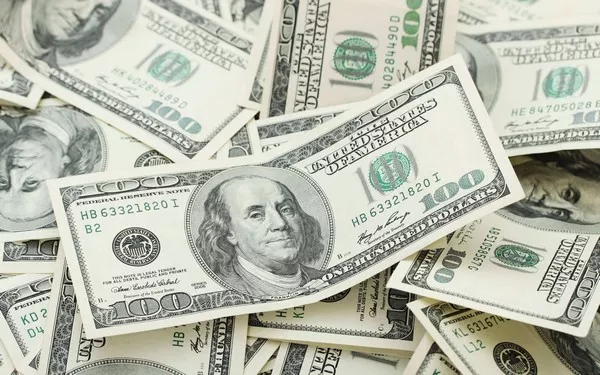In today’s interconnected global economy, currency exchange rates play a crucial role in international trade, travel, and investment. Whether you’re a business owner, a traveler, or simply curious about the value of your money in foreign currencies, understanding exchange rates is essential. In this article, we’ll delve into the specifics of converting 5 US dollars (USD) to euros (EUR), exploring the factors that influence exchange rates, the methods of currency conversion, and the implications for individuals and businesses.
Factors Influencing Exchange Rates
Exchange rates, the price of one currency in terms of another, are determined by a complex interplay of economic, political, and psychological factors. Some key determinants include:
Interest Rates: Central banks set interest rates, influencing borrowing costs and thus affecting currency value. Higher interest rates typically attract foreign investors seeking higher returns, strengthening the currency.
Inflation Rates: Countries with lower inflation rates generally see appreciation in their currency value, as the purchasing power increases relative to other currencies.
Economic Performance: Strong economic indicators such as GDP growth, employment rates, and trade balance can bolster confidence in a currency, driving demand and appreciation.
Political Stability and Economic Policies: Political turmoil or uncertainty can undermine investor confidence and weaken a currency. Sound economic policies, on the other hand, can enhance stability and support currency value.
Market Sentiment: Psychological factors, including market speculation and investor sentiment, can influence short-term fluctuations in exchange rates.
Methods of Currency Conversion
There are several methods available for converting one currency to another, each with its own advantages and drawbacks:
Banks and Financial Institutions: Banks offer currency exchange services, allowing customers to convert their money at prevailing exchange rates. While convenient, banks may charge fees and offer less favorable rates compared to other methods.
See Also:Current USD Exchange Rate: Converting $27 USD to AUD?
Currency Exchange Services: Independent currency exchange providers often offer competitive rates and lower fees compared to banks. However, it’s essential to compare rates and ensure the provider is reputable and trustworthy.
ATMs and Credit Cards: Many ATMs and credit cards offer the option to withdraw cash or make purchases in foreign currencies. While convenient, be aware of potential fees and unfavorable exchange rates imposed by your bank or credit card issuer.
Online Currency Exchange Platforms: Various online platforms facilitate currency exchange, allowing users to compare rates and execute transactions online. These platforms often offer competitive rates and convenient access, but users should exercise caution and research the platform’s reputation and security measures.
Converting 5 US Dollars to Euros
As of the time of writing, let’s explore how much 5 US dollars (USD) is worth in euros (EUR) using the prevailing exchange rate. It’s important to note that exchange rates fluctuate continuously due to the factors mentioned earlier, so the value may vary slightly depending on the timing of the transaction.
As of the latest data available, the exchange rate is 1 USD = 0.93 EUR. Therefore, 5 US dollars would be equivalent to 4.65 euros.
Implications for Individuals and Businesses
Understanding currency exchange rates is essential for individuals and businesses engaged in international transactions. Here are some implications to consider:
Travelers: For travelers planning trips abroad, knowing the value of their home currency in the destination country can help budget effectively and make informed purchasing decisions.
Importers and Exporters: Businesses involved in importing or exporting goods and services must monitor exchange rates to manage currency risk effectively. Fluctuations in exchange rates can impact the cost of imports and the competitiveness of exported goods.
Investors: Investors with international portfolios are exposed to currency risk, as fluctuations in exchange rates can affect the returns on foreign investments. Hedging strategies, such as currency forwards or options, can help mitigate this risk.
Multinational Corporations: Multinational corporations operating in multiple countries face currency risk in their day-to-day operations, including foreign sales, expenses, and repatriation of profits. Effective currency risk management strategies are crucial for maintaining financial stability and maximizing shareholder value.
In conclusion, converting 5 US dollars to euros involves understanding exchange rates, considering various conversion methods, and recognizing the implications for individuals and businesses. By staying informed and adopting appropriate risk management strategies, individuals and organizations can navigate the complexities of currency exchange effectively in the global marketplace.
Related Topics:



























